The Top 12 Best Free AI Tools for Students in 2023.
As an AI language model, I can’t rank or endorse specific products or tools. However, I can provide a list of some popular Best Free AI Tools that can be useful for students in 2023:
1 Grammarly:

A writing assistant that uses AI to check for grammar, spelling, and punctuation errors.
Here’s how it works:
Input: The user inputs their text into the Grammarly platform.
Analysis: Grammarly’s algorithms analyze the text for errors in grammar, spelling, punctuation, and writing style.
Suggestions: Using the analysis, Grammarly provides suggestions for corrections and improvements to the user’s writing. These suggestions can viewed in real-time as the user types, or as a summary after the text is analyze.
Explanation: Grammarly explains each suggestion, allowing the user to understand why the correction is necessary and learn from their mistakes.
User Input: The user can choose to accept or ignore each suggestion. And can also add their own custom words to the Grammarly dictionary.
Improvement: The user can make the suggested corrections and improvements to their writing. Ultimately improving the overall quality and clarity of their work.
2 Turnitin:

A plagiarism checker that uses AI to compare submitted work with a vast database of academic materials.
Here’s how it works:
Submission: A student submits their document to Turnitin through their teacher’s or institution’s Turnitin account.
Text comparison: Turnitin’s algorithms compare the text in the submitted document to its database of millions of academic papers, websites, and other sources.
Originality report: Turnitin generates an originality report that highlights any areas of the submitted documentation. That may be considere plagiarize. The information includes a similarity score that indicates the percentage of text in the document that matches other sources.
Instructor review: The instructor can review the originality report and decide whether any potential plagiarism occurred.
Feedback and revisions: If plagiarism is detected, the instructor can provide feedback to the student. The require revisions are to made to the document before it can resubmit.
3 Evernote:
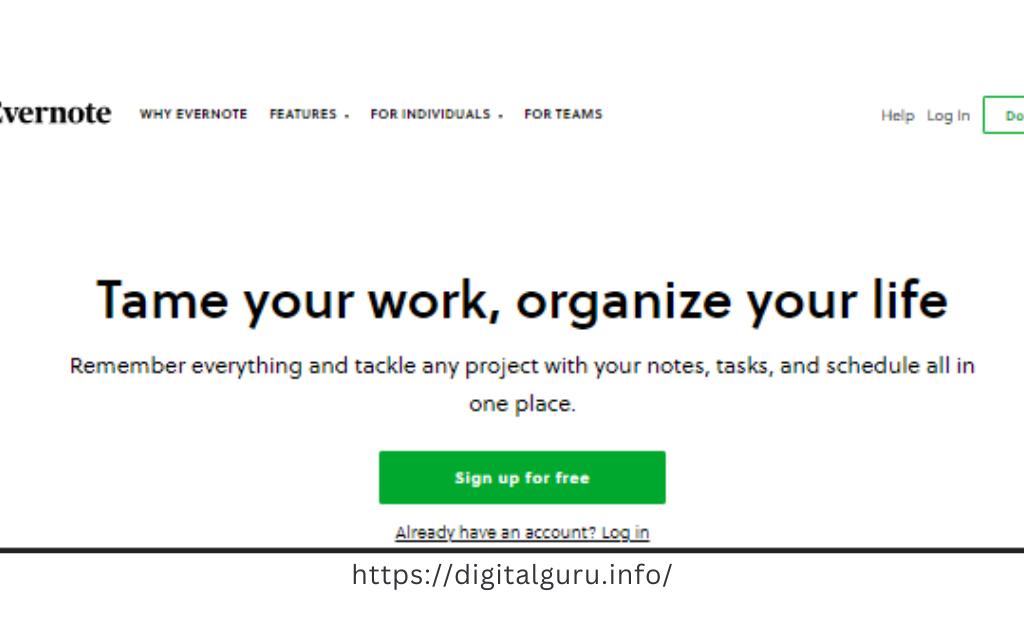
An app that uses AI to organize and categorize notes, tasks, and ideas.
Here’s how it works:
Input: The user inputs their notes, tasks, and ideas into the Evernote app through various means, such as typing, voice recordings, or images.
Organization: Evernote’s AI algorithms automatically categorize the notes based on keywords, tags, and other factors. Users can also manually organize notes into notebooks and stacks.
Search: Users can quickly search for specific notes or information within their notes using Evernote’s powerful search engine.
Collaboration: Users can share notes and notebooks with others for collaboration, and Evernote offers features such as real-time collaboration and commenting.
Integration: Evernote integrates with other apps and services, allowing users to easily import and export information to and from Evernote.
Personalization: Evernote uses AI to personalize the app based on the user’s usage patterns, offering suggestions for notes and tasks and providing customized organization options.
4 Google Assistant:
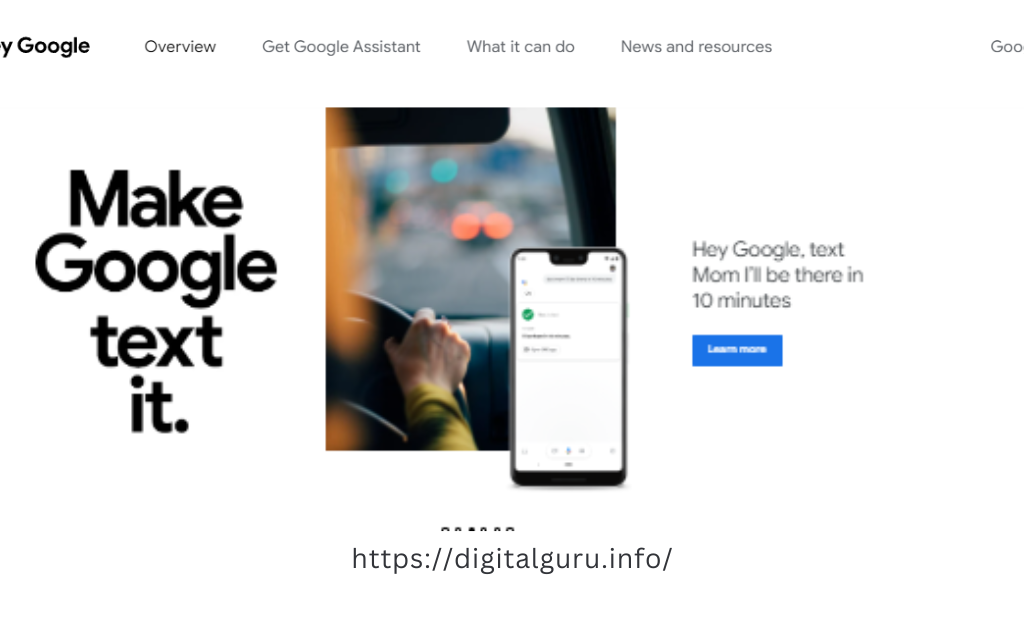
A virtual assistant that uses AI to answer questions, perform tasks and control smart devices.
Here’s how it works:
Activation: The user activates Google Assistant by saying “Hey Google” or “Ok Google” followed by their command or question.
Understanding: Google Assistant’s AI algorithms analyze the user’s spoken command or question and use natural language processing (NLP) to understand the intent and context.
Response: Google Assistant responds to the user’s command or question, using its AI algorithms to select the most relevant and accurate information.
Action: If the user’s command requires action, such as setting a reminder or making a phone call, Google Assistant will act.
Integration: Google Assistant integrates with various other services and apps, allowing users to perform tasks and access information from third-party sources.
Personalization: Google Assistant uses AI to personalize responses and actions based on the user’s usage patterns and preferences.
5 Google Translate:
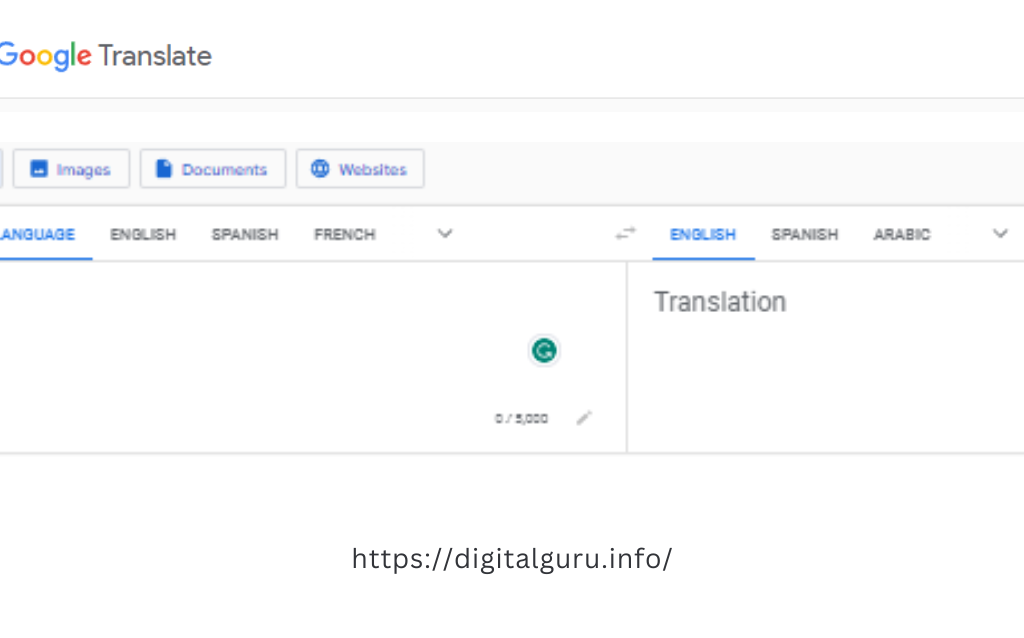
A language translation tool that uses AI to translate text, speech, and images.
Here’s how it works:
Input: The user inputs the text, speech, or image that they want to translate into the Google Translate platform.
Analysis: Google Translate’s AI algorithms analyze the input and break it down into smaller linguistic components, such as words and phrases.
Translation: The AI algorithms use statistical machine translation techniques to translate the input text, speech, or image into the desired target language.
Refinement: The translation is then refined through a neural machine translation system. That uses deep learning techniques to improve the accuracy and naturalness of the translation.
Output: The translated text, speech, or image is presented to the user in the target language.
Feedback: Google Translate uses user feedback to continually improve its translation quality, with users able to suggest alternative translations and report errors.
6 Coursera:
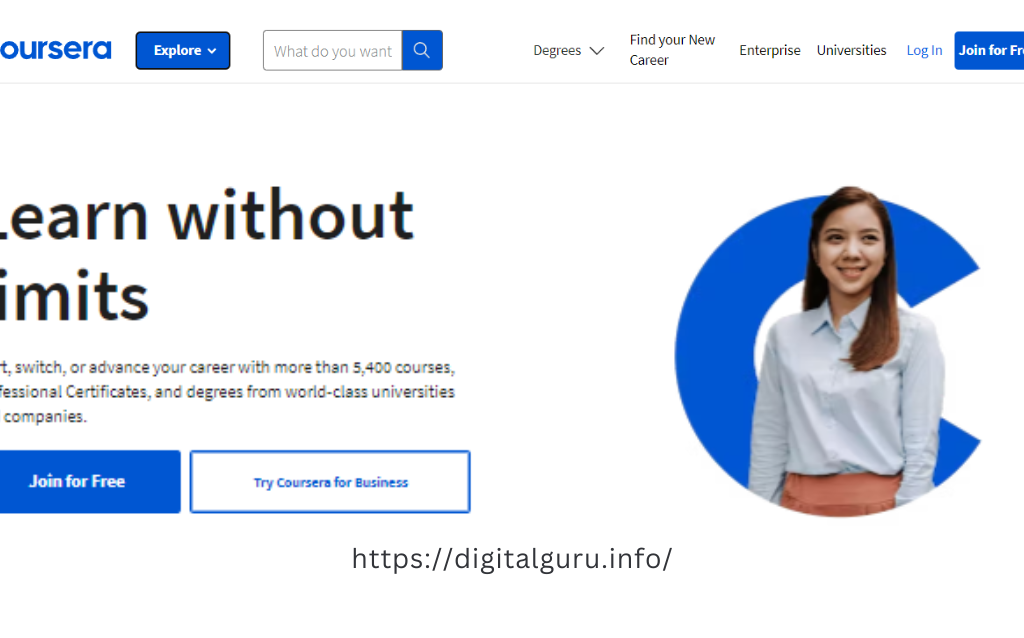
An AI-powered learning platform that offers courses, certifications, and degrees from top universities worldwide.
Here’s how it works:
Browse Courses: You can browse courses on Coursera by subject, language, or skills. There are over 4,000 courses available in various fields such as computer science, business, humanities, social sciences, and more.
Choose a Course: Once you find a course you’re interested in, you can read the course description, syllabus, and reviews from other students. You can also see the course duration, the number of hours required, and the level of difficulty.
Enroll in the Course: After selecting a course, you can enroll in it for free or choose a paid version that provides extra benefits like graded assignments, certificates, and additional resources.
Learn: Once you enroll in a course, you can start learning right away. Coursera courses consist of video lectures, quizzes, assignments, and peer assessments, all delivered online.
Earn a Certificate: If you complete the course with the required grade, you can earn a certificate of completion, which can be shared on your LinkedIn profile or resume.
7 Wolfram Alpha:

An AI-powered computational knowledge engine that helps with mathematics, physics, engineering, and more.
Here’s how it works:
Input Query: Users can type a question, calculation, or data set into the search bar on the Wolfram Alpha website or mobile app.
Analysis: Wolfram Alpha’s natural language processing (NLP) algorithms analyze the input query to understand the intent and context of the question.
Computation: Wolfram Alpha then applies mathematical and computational algorithms to the input query to generate a result. These computations can range from simple arithmetic calculations to complex statistical analyses.
Presentation: The result is presented clearly and concisely, often including visualizations such as graphs, tables, and charts. Wolfram Alpha also provides additional context and related information to help users understand the result.
8 Duolingo:
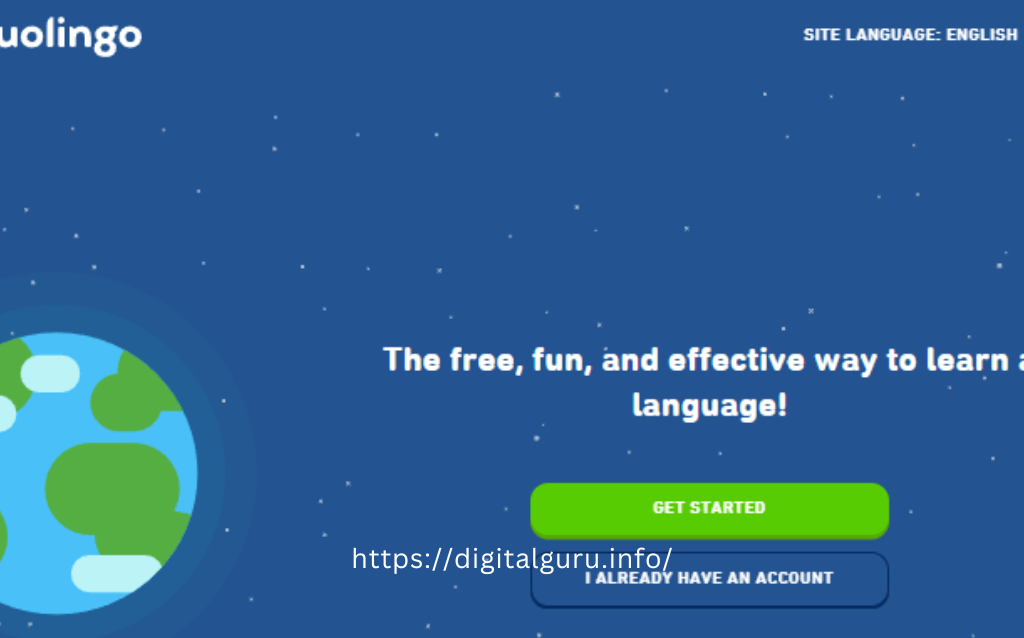
An AI language learning platform that provides personalized language courses in several languages.
Here’s how it works:
Choose a Language: Users can choose from over 40 languages, including Spanish, French, German, Japanese, and more.
Level Assessment: Duolingo starts by assessing the user’s proficiency level to determine the appropriate starting point for their language learning journey.
Learning Modules: Duolingo’s courses consist of learning modules that cover grammar, vocabulary, listening, and speaking skills. Each module is designed to be short and engaging, with gamification elements that help users stay motivated.
Personalized Learning: Duolingo’s AI algorithms use machine learning to personalize the learning experience for each user based on their progress and learning style. This includes adapting the difficulty level of lessons, providing real-time feedback on pronunciation, and highlighting areas that need improvement.
Practice and Reinforcement: Duolingo uses spaced repetition and gamification techniques to help users retain information and reinforce their learning. This includes daily practice goals, progress tracking, and rewards for completing lessons and achieving milestones.
Language Certification: Duolingo offers language certification exams that are recognized by universities, employers, and immigration offices worldwide. These exams test the user’s proficiency in reading, writing, speaking, and listening skills.
9 Quizlet:
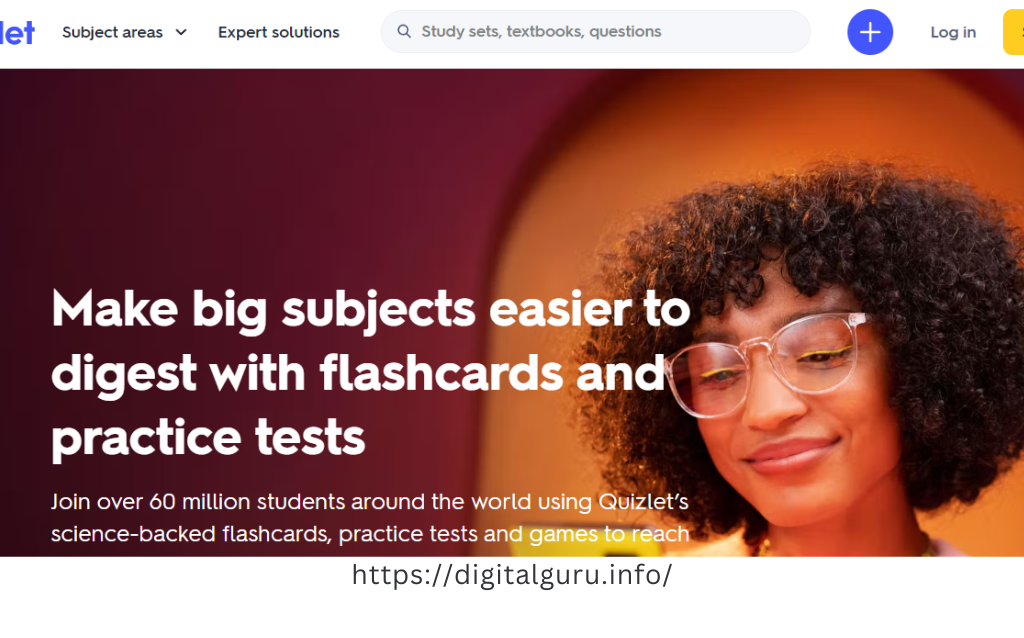
An AI-powered flashcard and study tool that uses machine learning to personalize study material for individual users.
Here’s how it works:
Create Flashcards or Study Sets: Users can create flashcards or study sets on Quizlet by typing in terms and definitions or importing content from other sources.
Study Modes: Quizlet offers several study modes, including flashcards, learn, write, match, and test. Each mode is designed to help users learn and reinforce the study material in different ways.
Personalized Learning: Quizlet’s AI algorithms use machine learning to personalize the learning experience for each user based on their performance and learning style. This includes adapting the difficulty level of questions, providing real-time feedback, and highlighting areas that need improvement.
Share and Collaborate: Quizlet allows users to share their study material with others, collaborate on study sets, and compete in games and challenges with friends and classmates.
Analytics and Progress Tracking: Quizlet provides analytics and progress tracking tools that help users monitor their performance, identify areas that need improvement, and track their learning progress over time.
10 Prezi:
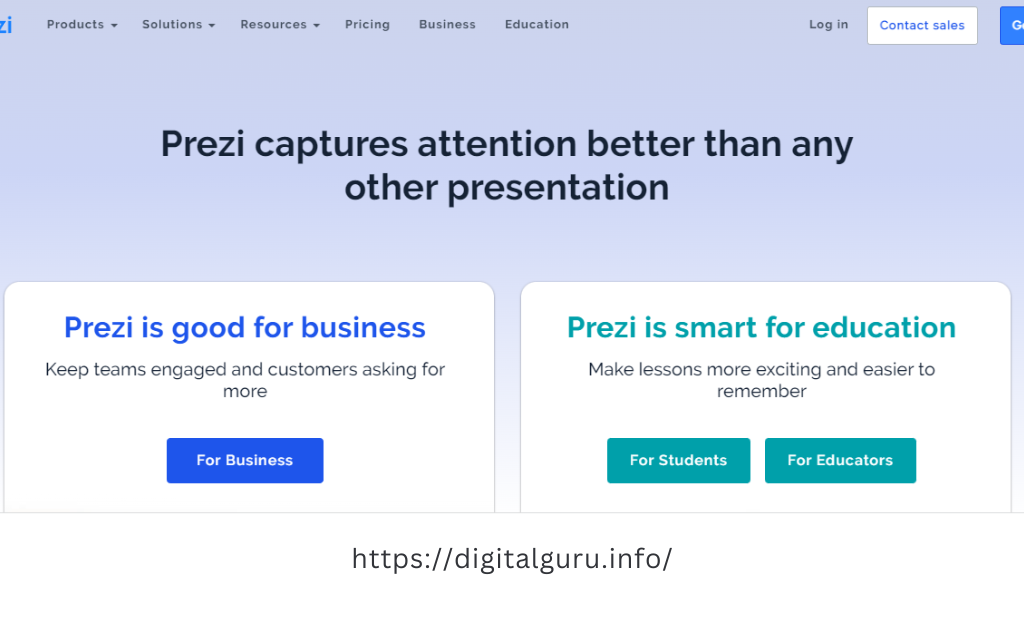
An AI-powered presentation tool that helps students create interactive and engaging presentations.
Here’s how it works:
Create a Presentation: Users can create a new presentation in Prezi by choosing a template or starting from scratch. Prezi offers a wide range of templates, including business, education, and creative themes.
Add Content: Prezi allows users to add text, images, videos, and other multimedia elements to their presentation. Unlike traditional slide-based presentations, Prezi uses a zoomable canvas to display content, allowing users to create a more engaging and interactive experience.
Arrange Content: Prezi allows users to arrange their content on the canvas by zooming in and out, panning left and right, and rotating the canvas. This creates a non-linear presentation that can be tailored to the audience’s needs.
Customize Design: Prezi offers a wide range of design tools that allow users to customize the look and feel of their presentation. Users can change the font, colors, background, and other design elements to match their brand or personal style.
Present and Share: Prezi allows users to present their presentations directly from the cloud, eliminating the need for local software. Users can also share their presentation with others via a shareable link or embed code.
11 Brainly:
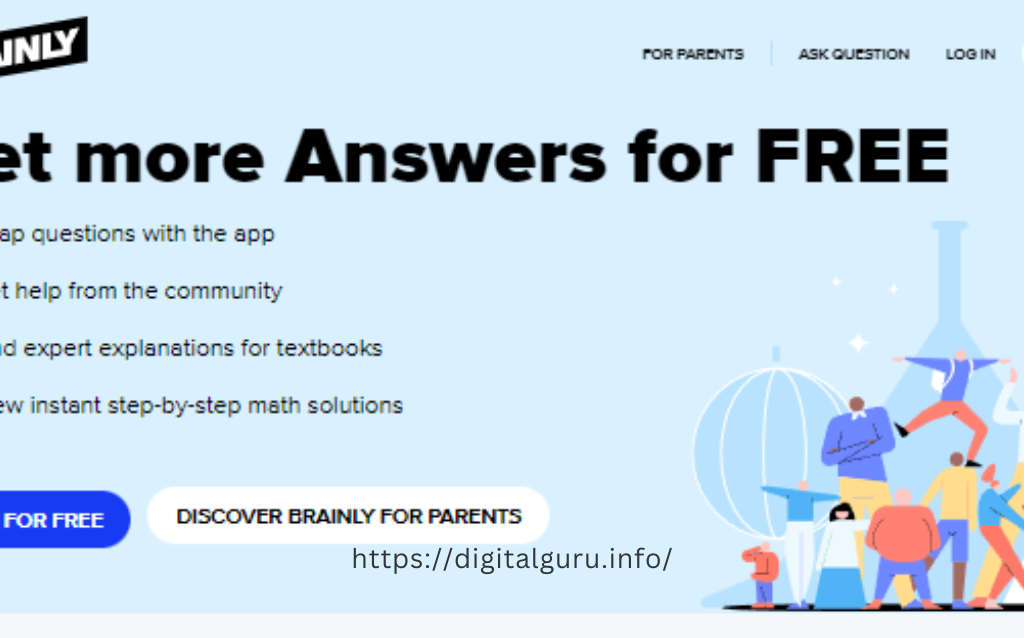
An online learning community that uses AI to help students get answers to their homework questions.
Here’s how it works:
Ask a question: Students can post their theoretical questions on the Brainly platform, and other users can provide answers.
Get answers: Brainly uses AI to match questions with the most relevant experts in the community who know that subject. The users can then provide answers, solutions, or explanations to the questions.
Verify answers: The answers provide by users are moderate with the Brainly team and verified for accuracy before they are publishe on the platform.
Learn from others: Brainly is designe to encourage students to learn from each other. Users can rate and comment on answers, providing feedback and suggestions to help improve their understanding of a topic.
Earn points: Users earn points for answering questions, which they can use to ask their questions or to access premium features on the platform.
12 ChatGPT:
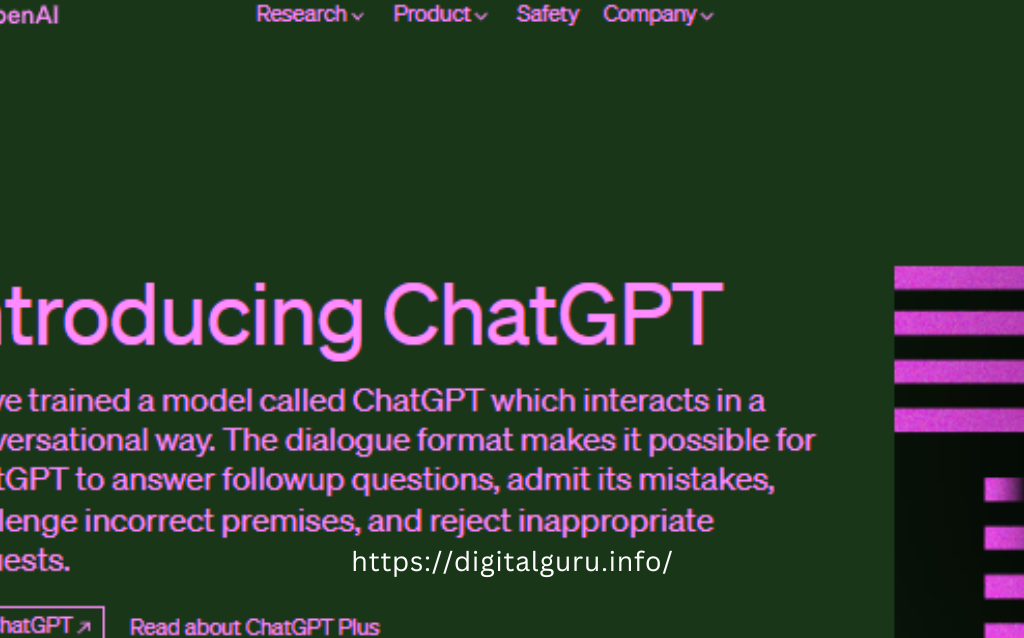
It is a large language traine by OpenAI. It uses artificial intelligence (AI) to understand and generate natural language responses to text-based queries.
Here’s how it works:
Preprocessing: The input text is preprocessed to remove any noise or unnecessary information, such as punctuation or special characters.
Tokenization: The text is broken down into smaller units called tokens. Which represent words or phrases.
Embedding: The tokens are converted into numerical representations called embeddings, which capture the meaning and context of the words.
Modeling: The embeddings are fed into a deep neural network, which learns to understand the relationship between the input text and the corresponding output.
Inference: When a user inputs a text-based query, ChatGPT uses the learned model to generate a response. The model selects the most likely response based on the input text and the context in which it was entered.
Post-processing: The generated response is post-process to format the output and make it more readable for the user.


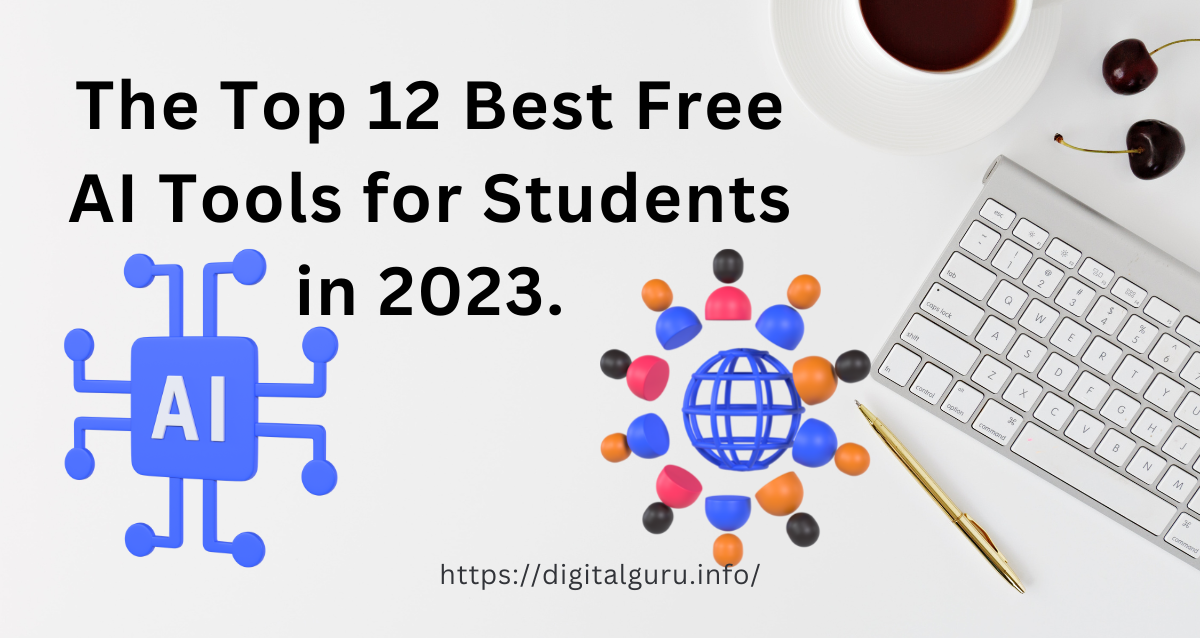
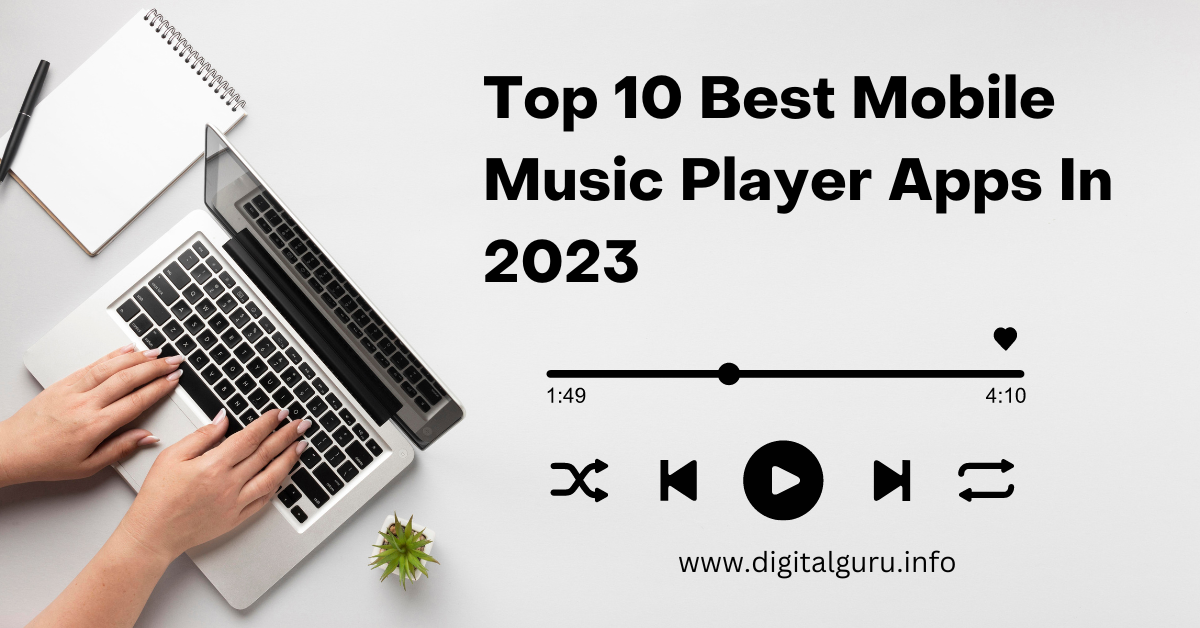

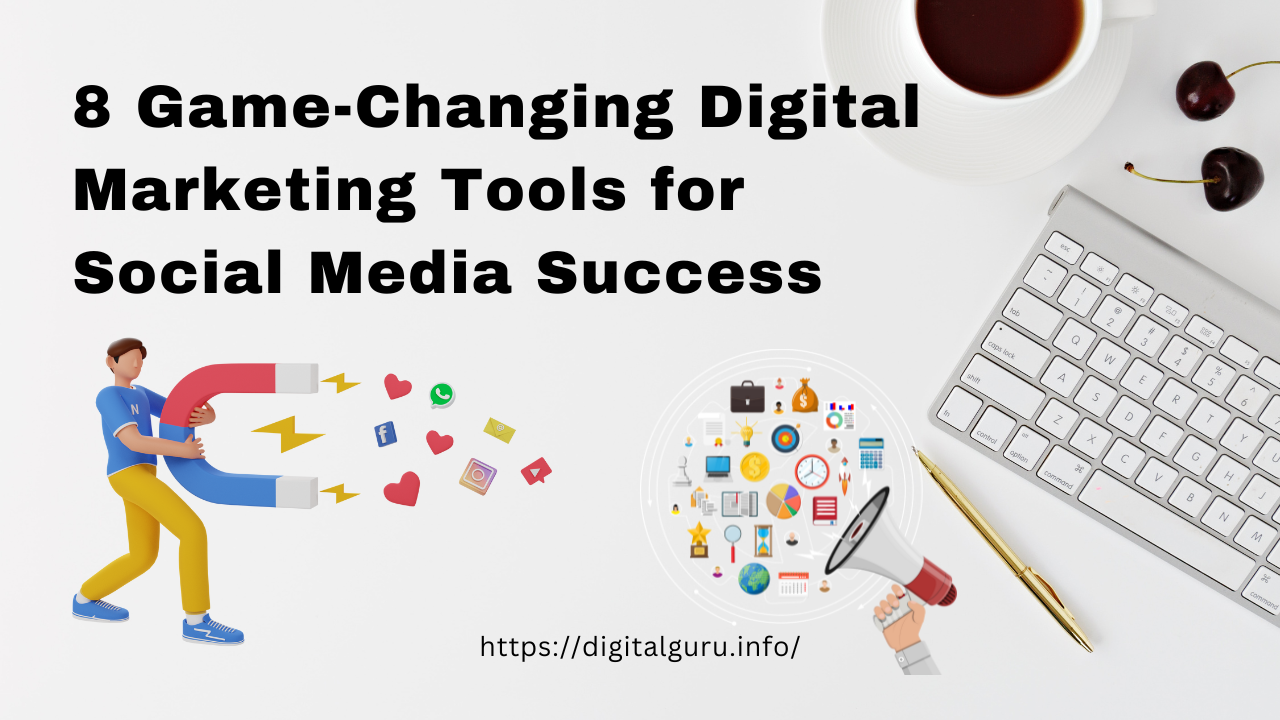




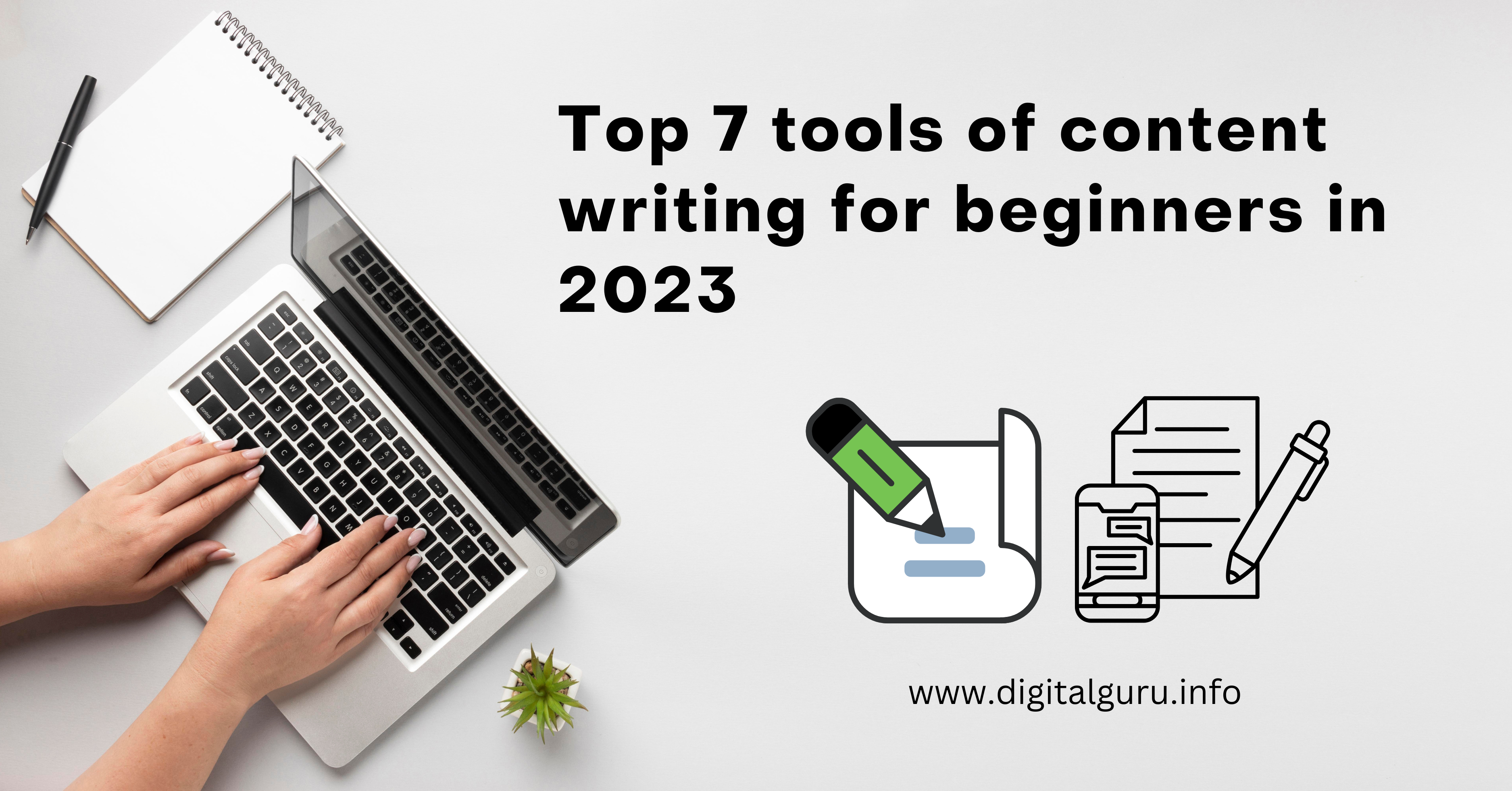

Leave a Reply